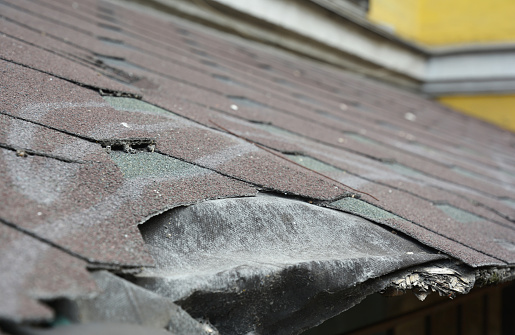Factors That Influence a Roof’s Lifespan
The lifespan of a roof depends on several key factors:
- Environmental Conditions
British Columbia’s climate varies widely, but many areas experience heavy rainfall, damp winters, and even snowfall. These conditions can accelerate wear on roofing materials and require durable options to withstand moisture and temperature fluctuations. - Maintenance
Regular upkeep is essential to prolonging a roof’s life. Small issues, like clogged gutters or loose shingles, can quickly lead to bigger problems if left unchecked. Routine inspections and prompt repairs help roofs last longer and perform better. - Roofing Materials
The materials used for a roof significantly impact its lifespan. Certain materials perform better in BC’s climate, offering greater resistance to moisture and temperature changes. Choosing the right material for your home is a key decision in ensuring durability.

Roofing Materials and Their Lifespans in British Columbia
In British Columbia, homeowners have several roofing materials to choose from, each offering distinct advantages and lifespans:
- Asphalt Shingles: Widely used across BC, asphalt shingles are cost-effective and straightforward to install. They generally last between 20 to 25 years. Regular maintenance, such as clearing debris and inspecting for damage, can help extend their lifespan.
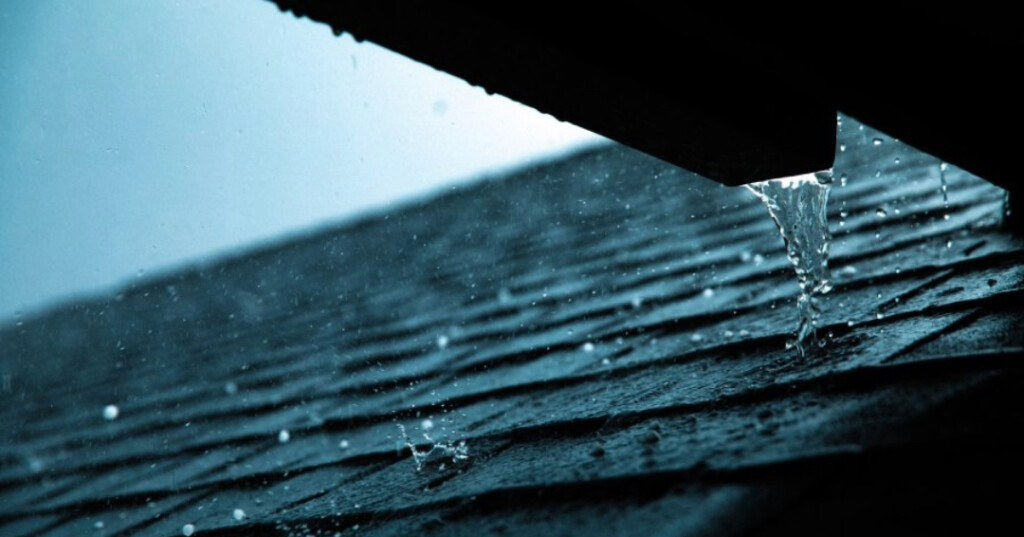
- Metal Roofs: Known for their durability and ability to withstand harsh weather, they are becoming increasingly popular in BC. They can last up to 40 years or more and require minimal upkeep. However, it’s advisable to check for signs of corrosion, especially in coastal regions.
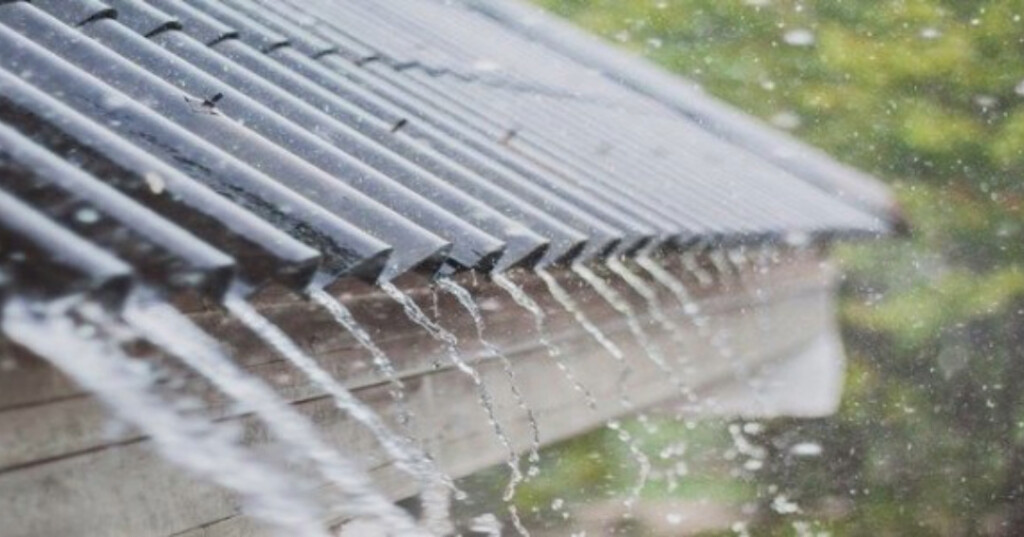
- Cedar Shakes/Shingles: Appreciated for their natural aesthetic, cedar roofs can last around 25 years with proper care. Regular maintenance is essential in BC’s moist climate to prevent moss growth and decay.
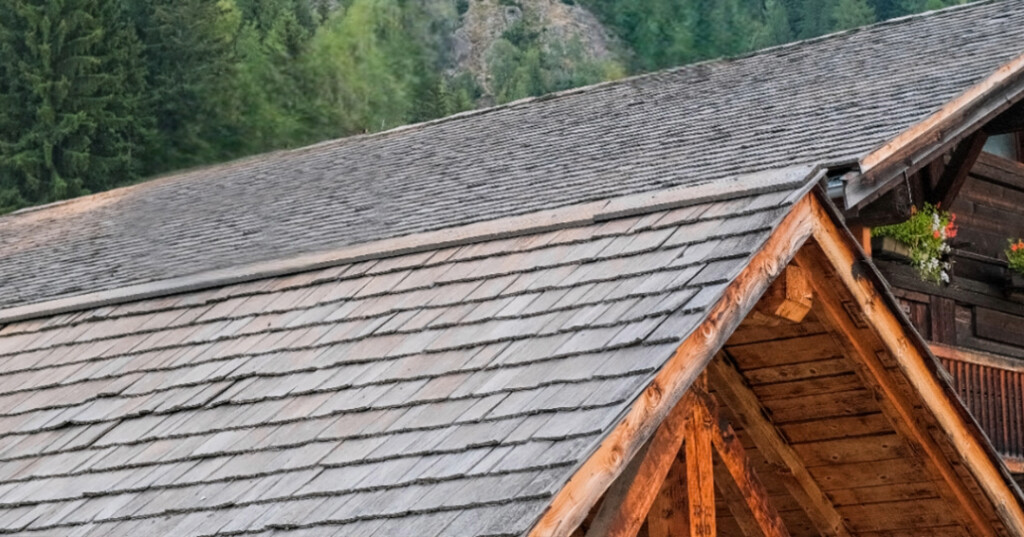
- Slate Tiles: Renowned for their exceptional longevity, slate roofs can endure for over 100 years. They are heavy and costly, necessitating a robust structural foundation and professional installation. Maintenance includes replacing broken tiles and ensuring the roof’s structural integrity.
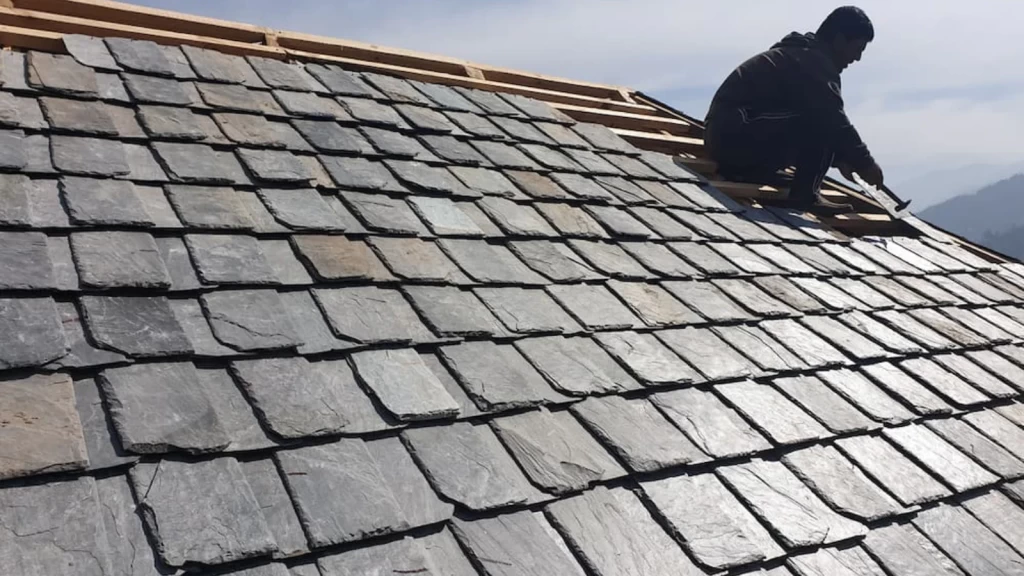
- Concrete Tiles: Less common in BC, concrete tiles are durable and can last 40 to 50 years. They are heavy and may require additional structural support. Regular inspections are needed to address any cracks or damage.
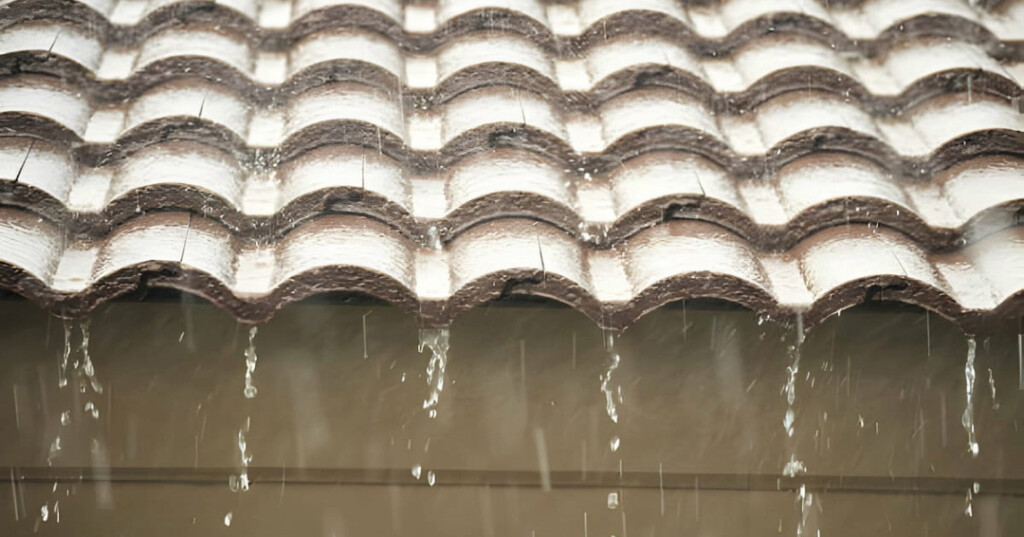
Selecting the appropriate roofing material involves considering factors such as climate, budget, and desired aesthetics. Each material has its maintenance requirements and lifespan, so it’s important to choose one that aligns with your specific needs and the environmental conditions of your area.
Maximizing Your Roof’s Lifespan
Extending your roof’s life isn’t complicated, but it does require regular care, especially in areas with consistent rain and moisture. Here’s what you can do to keep your roof in great shape:
- Schedule Regular Inspections
Make it a habit to check your roof twice a year, ideally in spring and fall. Look for obvious signs of wear, like missing shingles, sagging areas, or any debris buildup. A quick walk around your property with a pair of binoculars is often enough to spot trouble. If anything seems off, consider bringing in a professional to inspect more closely. - Repair Issues Promptly
Don’t put off fixing small problems like damaged shingles or minor leaks. These can quickly worsen, leading to costly damage. A quick patch or replacement now can save you from replacing entire sections later. - Keep Your Gutters Clean
Blocked gutters aren’t just an annoyance, they can cause water to pool on your roof, leading to leaks and rot. Cleaning gutters in the fall, after the leaves have dropped, helps ensure water flows where it should. - Tackle Moss and Algae
Moss and algae thrive in moist climates and can damage roofing materials if left untreated. Gently remove moss with a roof-safe cleaner or brush, and consider zinc or copper strips to prevent future growth. These small steps keep your roof looking better and lasting longer.
When Should You Consider Replacing Your Roof?
If you’re dealing with frequent leaks, sagging areas, or finding shingles in your yard, it might be time to replace your roof. Age is a key factor—roofs nearing 20-25 years for asphalt shingles or 40+ years for metal should be evaluated. Other signs include cracked shingles, persistent moss, or rising energy bills. Addressing these issues early can prevent further damage and make the replacement process easier.
The Roof Replacement Process
Replacing your roof may seem daunting, but it’s a straightforward process when broken into steps:
It starts with an assessment, where a professional examines your roof to identify problems and suggests materials that suit your home and budget. This sets the foundation for a smooth replacement. Next comes planning, where you decide on the look—materials, colours, and any upgrades—while scheduling the project for a convenient time.
With the plan ready, the removal phase begins. The old roof is stripped away, exposing the structure beneath. This is the perfect time to address hidden issues like water damage or weakened beams. Once the surface is ready, the installation process takes over. New materials are laid down, sealed, and secured, ensuring your roof is built to last through the seasons.
Finally, a final inspection ensures everything is in place, meets safety standards, and addresses any last-minute concerns. From start to finish, each step brings you closer to a secure, durable, and beautiful new roof.


